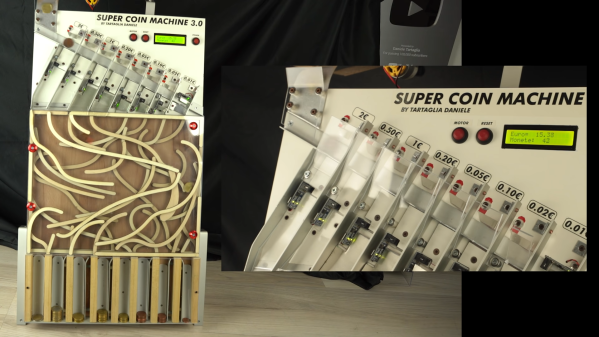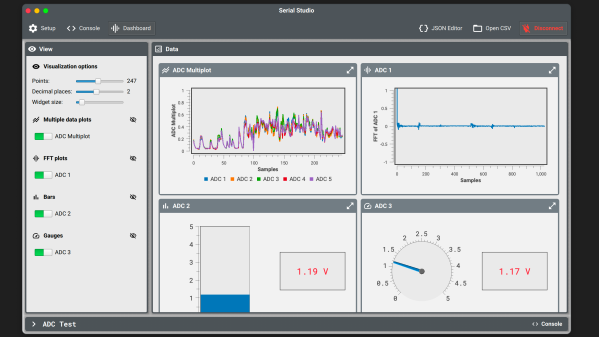Back in Dec 2020 we wrote about the Korea Superconducting Tokamak Advanced Research (KSTAR) magnetic fusion reactor’s record-breaking feat of heating hydrogen plasma up to 100 megakelvins for 20 seconds. Last month it broke its own record, extending that to 30 seconds. The target of the program is 300 seconds by 2026. There is a bit of competition going, as KSTAR’s Chinese partner in the International Thermonuclear Experimental Reactor (ITER), the Experimental Advanced Superconducting Tokamak (EAST) did a run a week later reaching 70 million degrees for 1056 seconds. It should be noted that KSTAR is reaching these temperatures by heating ions in the plasma, while EAST takes a different approach acting on the electrons.
The news reports seem to be using Celsius and Kelvins interchangeably, but at millions of degrees, that’s probably much smaller than measurement error. These various milestones are but stepping stones along the path to create a demonstration large fusion reactor, the goal of the global ITER mega-project. Currently China, the EU including Switzerland and the UK, India, Japan, Russia, South Korea, and the United States are members of ITER, and Australia, Canada, Kazakhstan, and Thailand are participants. The ITER demonstration reactor is being constructed at the Cadarache facility located 60 km northeast of Marseille, France, and is on track for commissioning phase to begin in 2025, going operational ten years later.

















